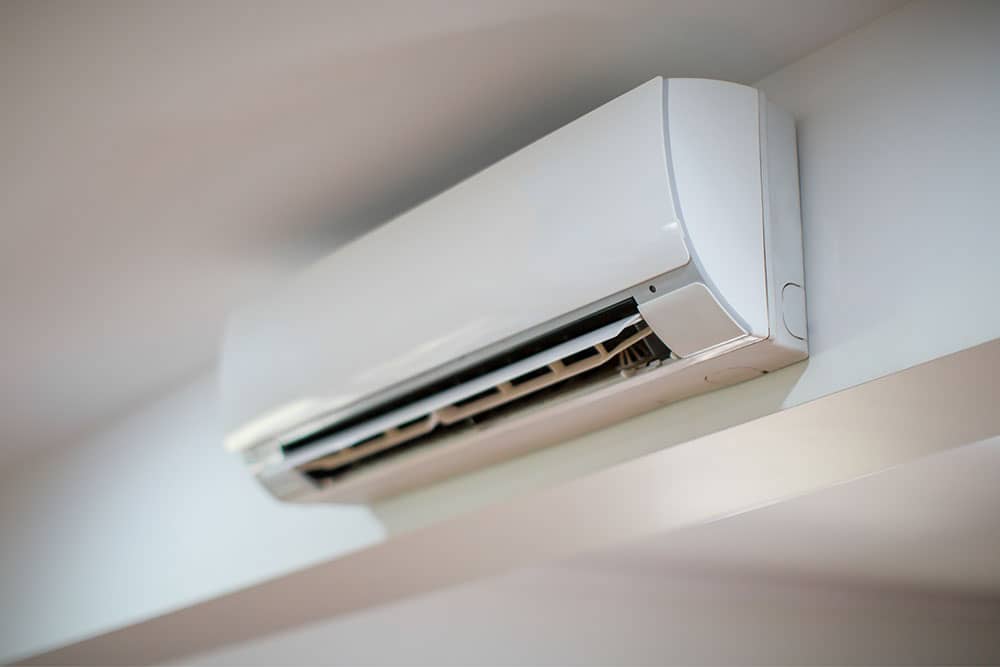A lesser current draw indicates a more efficient inverter hence inverter efficiency is a primary factor in how much of a toll it takes on the battery. Power output of the inverter in watts are higher wattage inverters often consume more power when in standby mode.
-
Make Use Of A Large Capacity Battery:
A battery’s capacity is measured in ampere-hours (AH) or the amount of electricity it can supply for one hour. A high amp-hour (AH) battery will be able to power the inverter effectively. Because of this, the inverter has some time before the battery is completely drained.
An inverter is just another piece of machinery that needs electricity to function. A high-capacity battery, fortunately, can make up for the energy an inverter needs to function. Thus, a battery with a large storage capacity is essential.
-
Lessen the Inverter’s Workload:
The inverter’s load consists of all the appliances and lights it’s powering. The inverter will need to put out a lot of juice if the load is high. This means it will drain the battery quickly because it requires so much energy.
A power inverter that has been set up the inverter will consume less energy if its load is lowered. So, it won’t deplete the battery because there’s little any likelihood of the battery being stressed.
-
Whenever The Inverter Is Not In Use, Turn It Off:
Make sure the inverter is turned off whenever the appliances are not being used. In two ways, this aids in power conservation. The inverter has low power consumption and helps to conserve energy. The energy that the appliances would have used is saved. Now you know that turning off your inverter significantly reduces the risk of the battery dying. To know about when should you turn on and when should you turn off your inverter, aircon services Singapore will teach you properly whenever you face any difficulty or install an inverter.
-
If the Motor Is Not Running, The Inverter Must Not Be Used:
If your inverter, turn it off before starting the engine. Why? While the engine is operating, the alternator recharges the battery and provides adequate power for the inverter. Because of this, there is a negligible risk that the battery will be depleted, as only a small quantity of energy will be drawn from it.
-
Stay Away From Paper-Thin Cables:
When compared to thick cables, thin cables have a very narrow cross-section. This means there will be very few electrons available to carry electricity through a narrow cable. This causes an extremely stiff barrier to the flow of energy.
The inverter may only receive a trickle of electricity if a narrow wire is utilized. The inverter’s power use would eventually deplete the battery. However, the situation reverses when a thick cable is used for the connection.
-
Use Limited Cable Lengths:
Power flow resistance decreases as cable length increases. Therefore, the shorter the cable, the less resistance there is to the passage of electricity. Power delivered in a connection with long wires is lost because of electrical resistance.
Therefore, the inverter may completely deplete the battery by consuming additional power. The inverter won’t drain the battery if it is installed close to the battery, therefore a shorter cable can be used.
-
Make Use of a Power-Saving Inverter:
You can reduce the load on the inverter by using the energy-saving mode. As long as the load stays within the inverter’s parameters, it will continue to provide electricity to the devices. When the load drops below a predetermined level, it enters a power-saving “sleep” mode. The inverter’s power output is turned off in the power-saving mode.
It will send out a few AC signals in the lower energy mode to determine that there is a load which exceeds the threshold load. If there was ever a shutdown, it is now fully functional again. Since the inverter won’t turn on without a load, the chances of the battery dying are much reduced. Only by strictly adhering to the shared precautions will it be possible to prevent the inverter from completely draining the battery.
-
Charge the Battery Regularly:
Avoid over-discharging your battery by charging it frequently. Maintaining the charge level of your battery can be accomplished through consistent charging with a solar energy system, generator, or other power source.
-
Turn Off Inverter When Not In Use:
When the inverter is not in use, turn it off. The inverter will still drain a tiny amount of battery juice even if nothing is plugged into it.
-
Use A Battery Isolator:
To prevent the inverter batteries from draining the main battery, install an isolator if you have more than one battery. By doing so, the inverter’s use of the primary battery will be prevented. Prevent your battery to over-discharging by installing a low-voltage cutoff switch. If the battery voltage is too low, the inverter will shut off automatically.
-
Always Store in a Well-Ventilated Area.
The inverter battery gets hot during charging and operating at all times. Hydrogen gas accumulates if there is not enough air flow, which can lead to the battery exploding. Place your inverter batteries in a well-ventilated area. Your battery life will be significantly improved.
-
Battery Water Levels Should Be Checked:
Every battery includes a water-level gauge to let you know when to charge it. If the indicator is green, your battery has the appropriate amount of water; if it is red, you will need to add more. Never let the water get below the yellow line or above the green line.
-
Proper Water Usage:
Demineralized water is the only type of water safe for recharging a battery. Never use regular tap water or rainwater to recharge a battery. This is because the battery’s life and efficiency might be negatively impacted by the presence of excess minerals and microorganisms.

